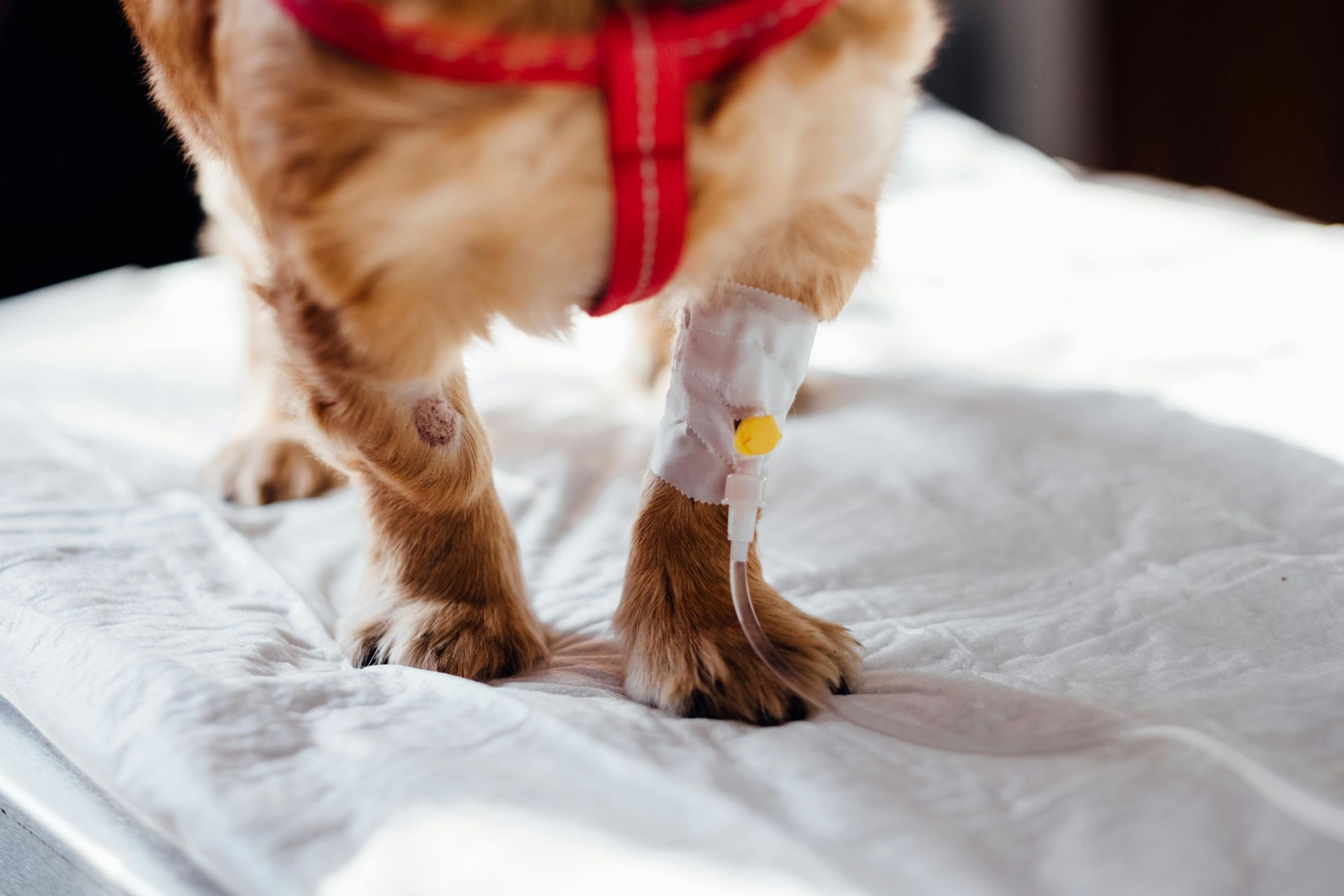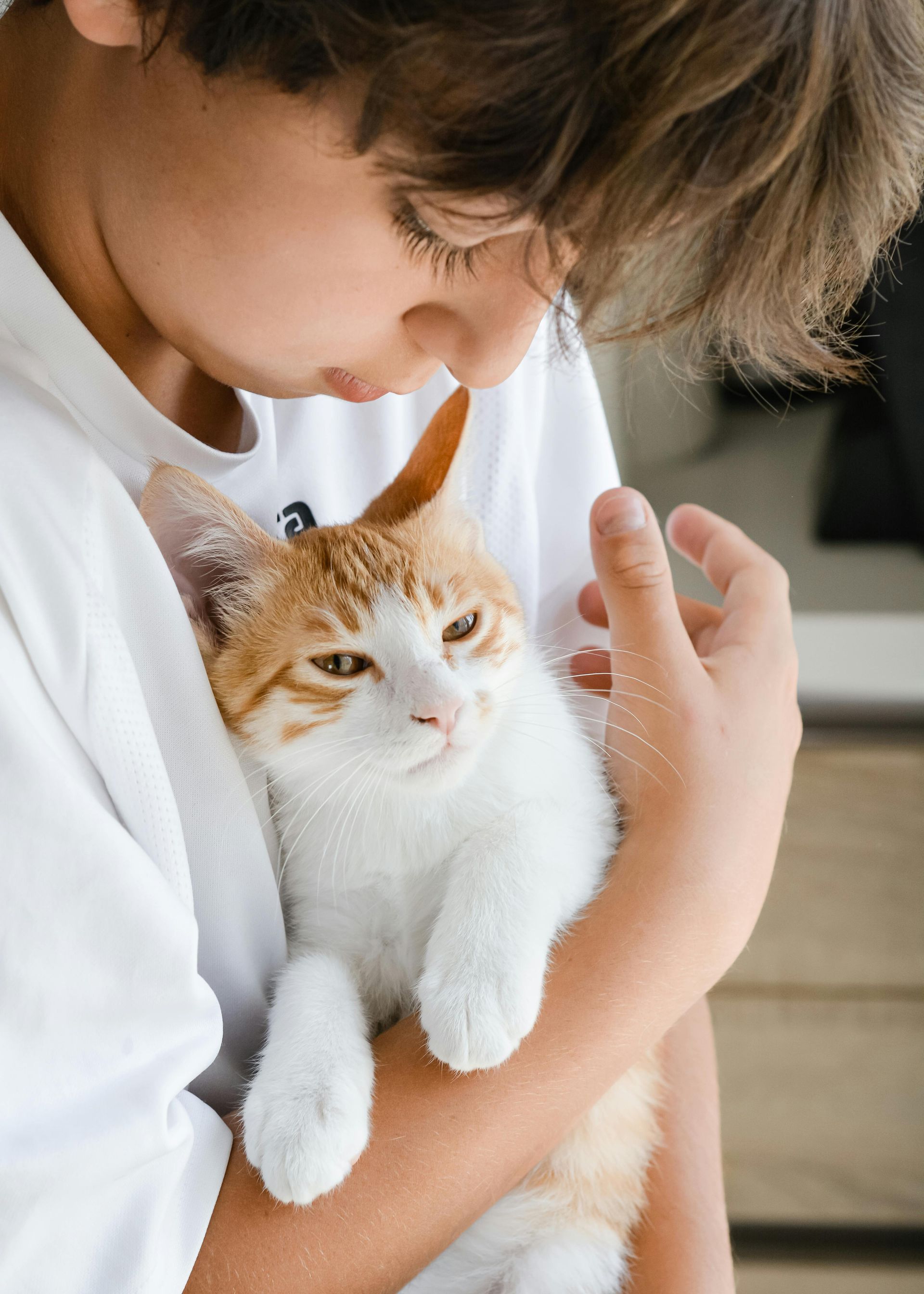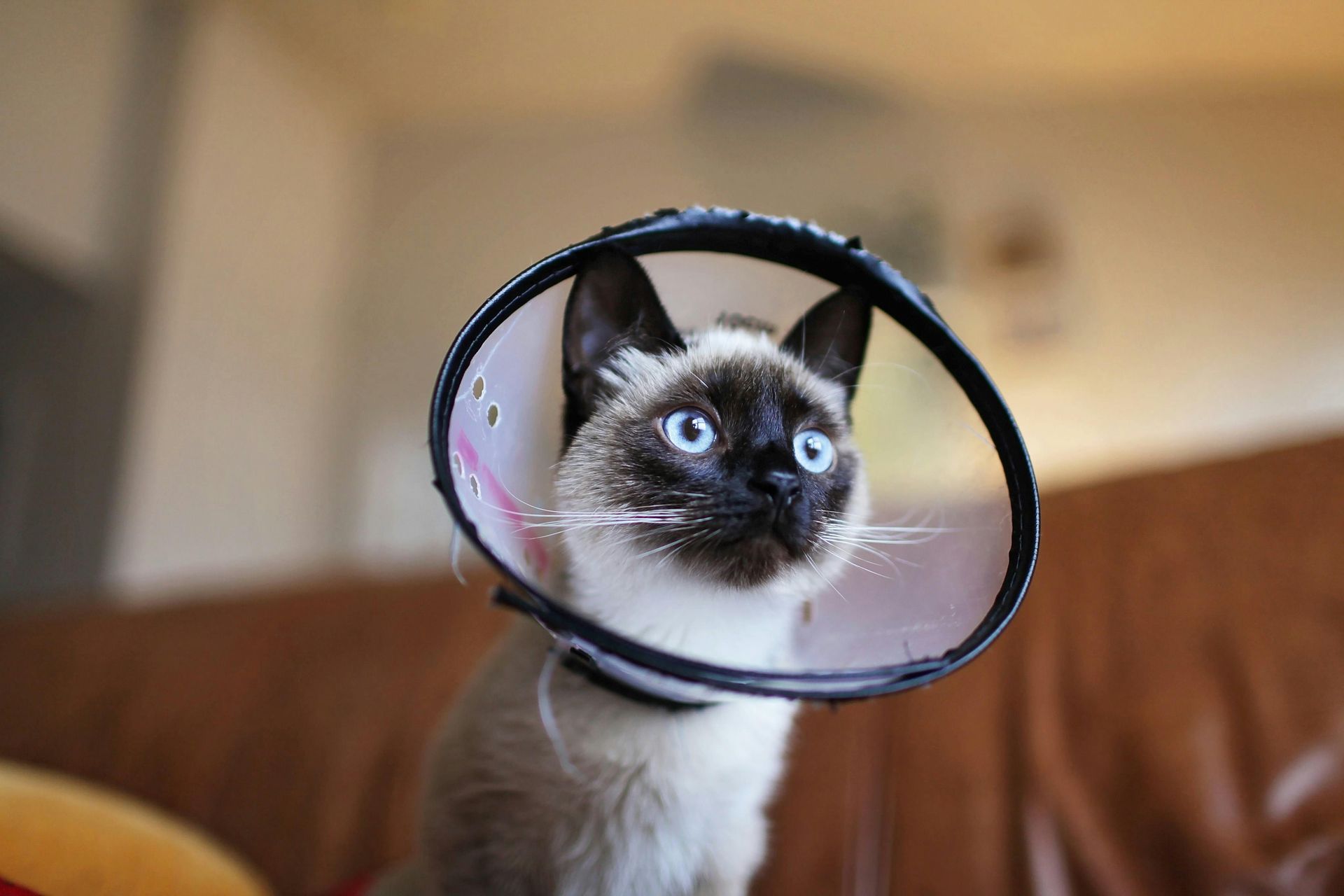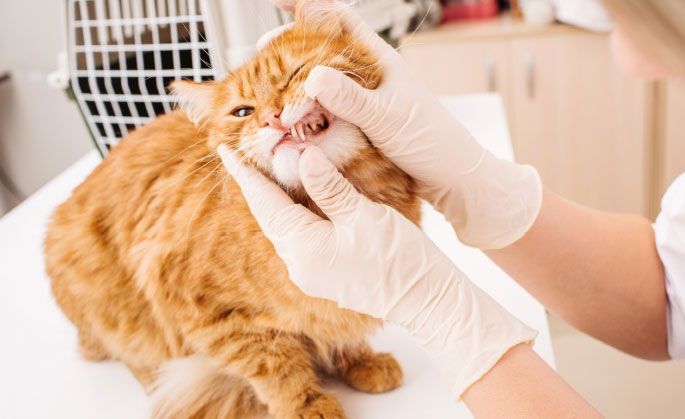Cat Vaccination
Vaccination has revolutionised control of infectious disease in our pets. It is essential that all pets are adequately vaccinated to help protect the pet population as a whole. Responsible pet care requires kittens to be given their initial course of vaccinations, but this cannot protect them for the rest of their lives. Adult cats require regular vaccination to maintain immunity against disease.
Please give us a call to discuss a suitable vaccination program for your pet kitten or cat.

Kitten Vaccination
Kittens are ‘temporarily’ protected against many diseases by antibodies received through their mother’s milk. These maternal antibodies decline in the first couple of months of their lives, after which vaccinations are required to induce immunity against disease. A series of vaccinations is necessary for a kitten to adequately stimulate the immune system.
Initial vaccination programs should provide at least two vaccinations 3-4 weeks apart against some or all of the following: feline panleukopenia virus, feline calicivirus, feline herpesvirus, Chlamydia felis and feline leukaemia virus at or after 8 weeks of age. Three vaccinations, 2-4 weeks apart, against feline immunodeficiency virus (FIV) are recommended at or after 8 weeks of age for cats who will have any form of outdoor access.
Adult Cat Vaccination
The immunity from kitten vaccination weakens over time and your pet can again become susceptible to disease. Annual health checks and booster vaccinations will provide the best protection for the life of your pet.
After Vaccination Care
Following vaccination some cats may be off-colour for a day or two, or have a slight swelling or tenderness at the injection site. Access to food and water and a comfortable area to rest are usually all that is required for a quick recovery. If the response seems more severe or persists, you should contact us for advice.
Infectious Diseases of Cats that we Can Vaccinate Against
Feline Panleukopenia Virus (also known as Feline Enteritis or Feline Parvovirus)
This is a very contagious disease and the death rate is high, especially for young cats under 12 months of age. Pregnant cats may lose their young or give birth to kittens with abnormalities such as brain damage. Symptoms of feline panleukopenia are depression, loss of appetite, uncontrollable vomiting and diarrhoea, often with blood and severe abdominal pain.
The virus spreads so easily that heavily contaminated areas may need cleaning with a special disinfectant.
Feline Respiratory Disease (‘Cat Flu’)
90% of ‘cat flu’ cases are caused by feline herpesvirus (also known as feline rhinotracheitis) and/or feline calicivirus.
Feline respiratory disease affects cats of all ages, especially young kittens. It is highly contagious and causes sneezing, coughing, runny eyes, nasal discharge, loss of appetite and tongue ulcers.
Fortunately, the death rate is low except in young kittens, but the disease is distressing and clinical signs may persist for several weeks. Recovered cats can continue to carry and spread the infection for long periods, and can show signs of the disease again if they become stressed.
Feline Immunodeficiency Virus (FIV)
Feline immunodeficiency virus (FIV) attacks a cat’s immune system, similar to HIV in humans. Infected cats’ natural defence against other diseases may be seriously affected, much in the same way as human AIDS.
It is important to note that FIV is not transmissible to humans.
FIV is almost always transmitted by bites from infected cats, since the virus that causes the disease is present in saliva.
While some infected cats show no sign of disease, others may display initial symptoms such as fever, loss of appetite, diarrhoea, lethargy and swollen lymph nodes.
As the disease progresses, symptoms may occur such as weight loss, sores in and around the mouth, eye lesions, poor coat and chronic infections.
Eventually, the immune system may become too weak to fight off other infections and diseases. As a result, the cat may die from one of these subsequent infections.
Unfortunately in Australia, FIV is very common, with 1 in 7 cats with outdoor access infected with this virus.
Feline Leukaemia Virus (FeLV)
The virus attacks the immune system and may be associated with lack of appetite, weight loss and apathy, pale or yellow gums, vomiting, diarrhoea, reproductive problems, increased susceptibility to other infections, leukaemia and tumours. Many cats may be infected and show no signs at all.
About one third of infected cats remain chronically infected and may shed virus in their saliva, tears, nasal secretions and urine. The disease is then spread to uninfected cats through close contact (e.g. shared food/water bowls, mutual grooming), fighting, sneezing or even flea bites.
Chlamydia felis
Chlamydia felis is a bacterial disease which is responsible for up to 30% of conjunctivitis in cats, and causes severe and persistent signs.
Kittens are more commonly affected by
Chlamydia felis when also infected with “Cat Flu”, and
Chlamydia felis can be shed for many months. Vaccination against cat flu and
Chlamydia felis helps protects against clinical disease.











